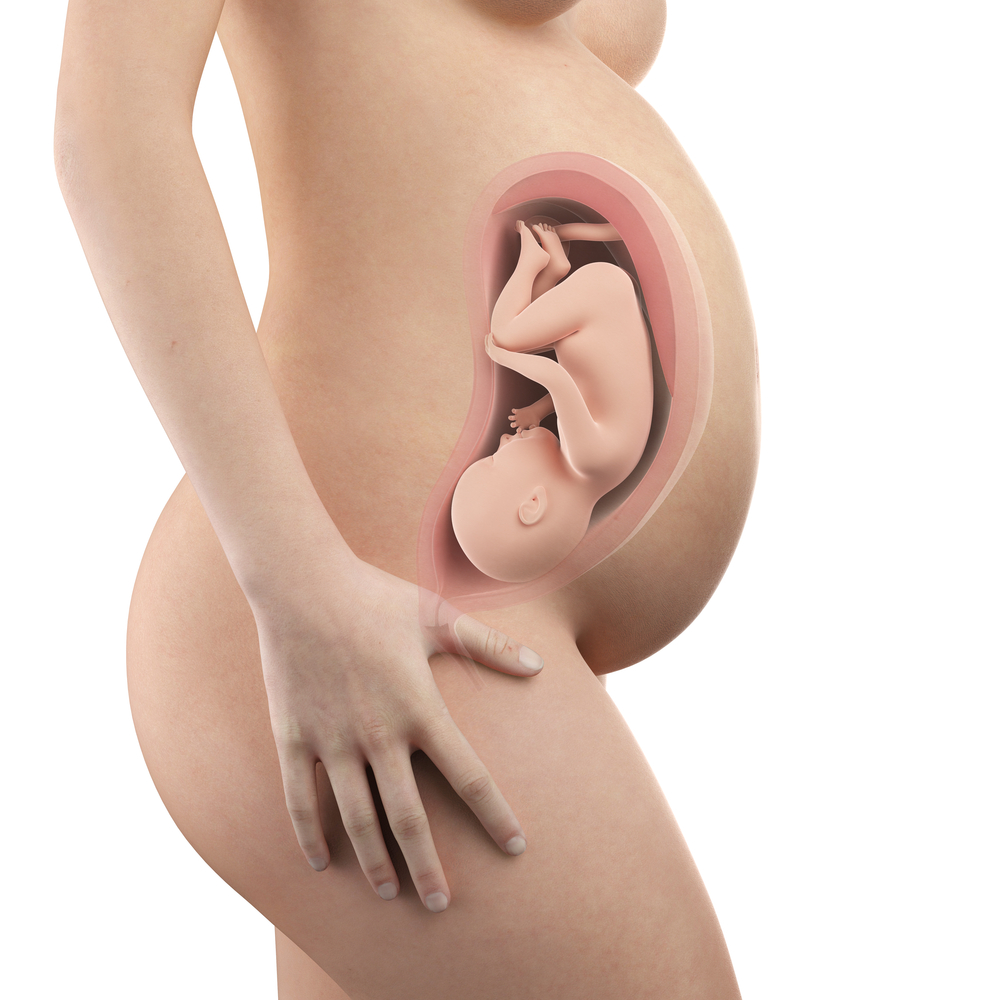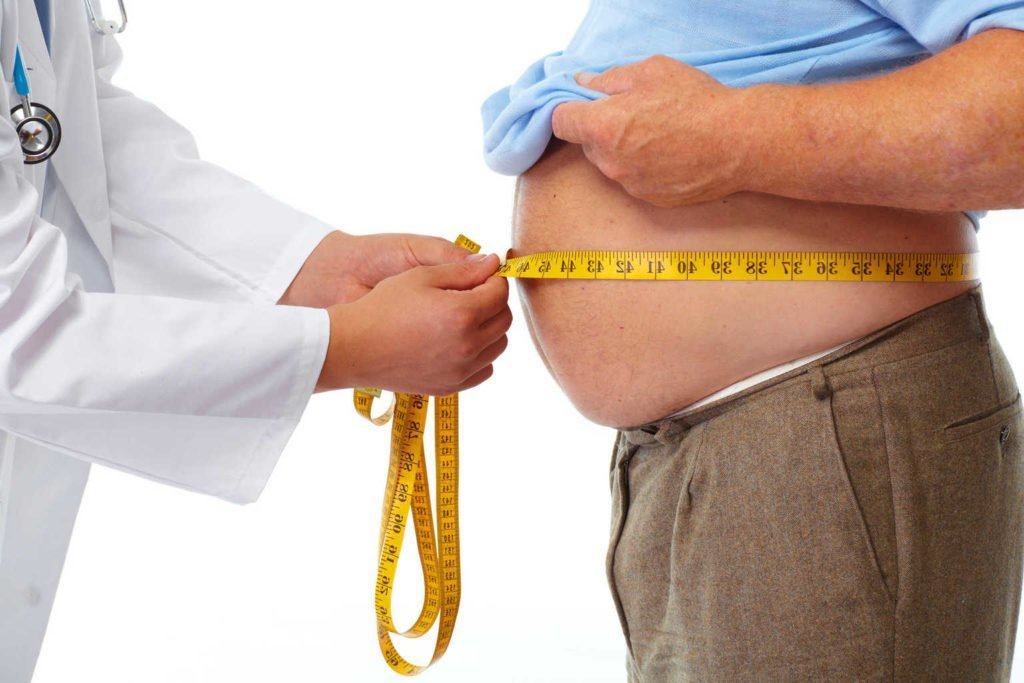Contents:
- Medical Video: 36 Weeks Pregnant symptoms | The Growth of Your Baby | 36 weeks pregnant baby movement & symptoms
- Embryo growth
- Changes in the Body
- What are the changes in the body of pregnant women at week 36?
- Visit to Doctor / Midwife
- What do I need to discuss with the doctor on week 36?
Medical Video: 36 Weeks Pregnant symptoms | The Growth of Your Baby | 36 weeks pregnant baby movement & symptoms
Embryo growth
How is the development of the fetus 36 weeks pregnant?
The 36 weeks' development of the fetus shows the size of your baby is about the size of a cabbage, with a length of about 47 cm and weighing 2.7 kg.
The fetus you have seen on ultrasound has previously grown fatter. The baby's cheeks are starting to turn loose and the sucking muscles are also strong, contributing to the development of your baby's face. Bones that make up your baby's skull can move relative to each other and overlap when your baby's head is inside the pelvis. This phenomenon is called molding, and make it easier for babies to be born normally.
Don't worry if your baby is born with a rather pointed or oddly shaped head. After a few hours or days, your baby's head will return to its normal round shape.
Changes in the Body
What are the changes in the body of pregnant women at week 36?
Because your baby has taken many places, you may have difficulty eating only with normal portions. A smaller portion of the meal with a frequency that is more frequent will be easier to handle than a normal three-day meal.
On the other hand, the heartburn that you experience will likely decrease and you will find it easier to breathe when the baby's position is in the pelvis. This process is called lightening and generally occurs a few weeks before labor, if this is the birth of your first baby.
If you have given birth before, chances are this will not happen before labor begins. If the baby's position drops, you may feel increased pressure on the lower abdomen, which will make walking more uncomfortable and you will more often want to urinate.
When your baby's position drops further down, you will feel pressure in the vagina and cause discomfort. Some women say it feels like carrying a bowling ball between your legs. You might notice that fake contractions will occur more often.
Be sure to check for signs of childbirth with your doctor. Under general rules, if you have reached enough gestational age, there are no complications in your pregnancy, and your amniotic fluid has not broken, your doctor will advise you to wait until each contraction lasts for one minute, pausing every five minutes during one hour. Immediately go to the hospital if you experience these signs.
Immediately notify your doctor if you notice a decrease in activity in your baby or a leak in the amniotic fluid, or if you experience vaginal bleeding, fever, severe or persistent headache, persistent abdominal pain, or blurred vision.
Maintain a pregnancy that runs 36 weeks
At the end of pregnancy, most pregnant women will stop experiencing weight gain. At this time your weight does not increase or decrease. Don't worry, your baby's weight will stay the same. In fact, your body weight that remains the same is a sign that your body is ready for labor. The presence of amniotic fluid and loosening of the intestines to prepare for labor can indeed reduce your weight.
Visit to Doctor / Midwife
What do I need to discuss with the doctor on week 36?
Your doctor will tell you what are the signs of labor so that you can immediately go to the hospital or maternity home on time (for example, the distance between contractions is five to seven minutes).
Signs of labor may occur irregularly, if you doubt whether this is a sign of real labor or not, please contact your doctor. The doctor will provide answers by listening to your question by telephone.
Tests that may be needed at gestational age 36 Sunday
You will spend more time in the doctor's office this month than before. The test will be even more interesting: the doctor will estimate the size of your baby and even predict the time of birth. Your doctor may give you different tests based on your needs and your doctor, including:
- Body weight (weight will stop or decrease at this time)
- Blood pressure (maybe higher than the second trimester)
- A urine test to check sugar and protein levels
- Varicose veins in the legs, hands and feet swelling
- Check the size of the uterus by testing the inside to find out how thin and ready the uterus is to stretch
- Fundus height (uterine peak)
- Heart rate test for the fetus
- Fetal size, direction of labor (head first or lower first), position (face down or up) through touch
Prepare a list of questions that you would like to ask the doctor, especially those related to labor, including the frequency and duration of Braxton Hicks contractions, and unspecified signs, especially abnormal signs.












